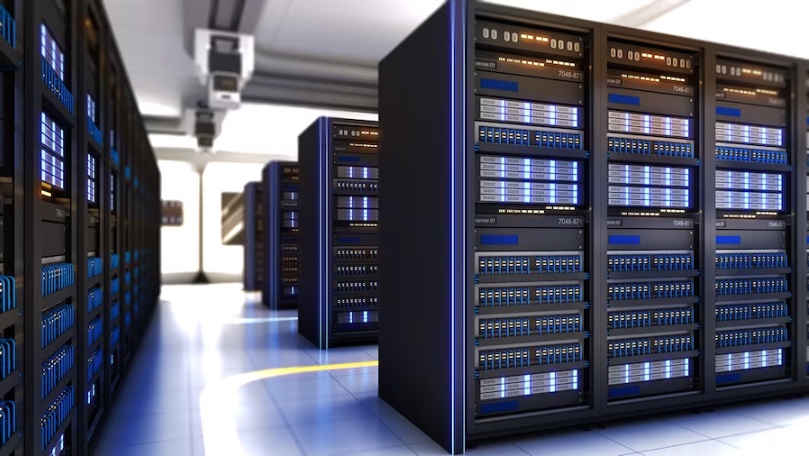In the ever-changing landscape of technology, storage systems have come a long way from the traditional, legacy systems that were once the norm. Today, we will explore the evolution of storage area network (SAN), from its early days to what we now know as modern architectures. We will look at how SAN storage has changed over the years, and why modern architectures are becoming increasingly popular. Join us on this journey through the evolution of SAN storage.
Traditional SAN
The traditional SAN storage consisted of a set of storage arrays that were connected to servers through specialized (and often proprietary) hardware. Legacy SANs were primarily used to store data that needed to be frequently accessed, such as database files and transaction logs. These systems were expensive, complex to set up and maintain, and required specialized IT expertise. While they still exist and maybe in some scenarios the best solution, modern architectures have moved forward at a rapid pace.
Emergence of Cloud Technologies
With the emergence of cloud technologies and the need for more scalable, flexible, and cost-effective storage solutions, modern SAN architectures have taken over. These architectures use software-defined storage (SDS) to pool all the storage resources in a data center, creating a virtual storage environment that is easily managed and provisioned. This architecture is becoming increasingly popular, thanks to its cost-effectiveness, scalability, and ease of deployment.
Modern SAN Architectures
One of the significant advantages of modern SAN architectures is the flexibility they offer. With traditional SANs, storage resources were tightly coupled with hardware, and scaling up required buying more hardware, which wasn't easy. With SDS-based solutions, adding new storage resources is as easy as adding more disks or drives to existing hardware. This scalability helps meet the growing demands of data storage and provides IT teams with a more agile storage solution that aligns with the business's needs.
Another advantage of modern architectures is lower costs and simplified management. Unlike traditional SANs, SDS-based solutions enable IT teams to consolidate their storage systems, reducing hardware and maintenance costs, and saving time on routine management tasks. SDS solutions are also more flexible than traditional SAN solutions, allowing for easier integration with cloud-based storage services, making storage management easier while saving IT teams time and effort.
In Conclusion
The evolution of SAN storage from legacy systems to modern architectures has been a significant transformation in storage technology. The traditional SANs were expensive, complex, and required specialized expertise, while the modern architectures are cost-effective, scalable, and much easier to manage. As SDS-based solutions continue to evolve, it's clear that they are here to stay, offering businesses a more flexible, cost-effective, and efficient storage solution. As data storage needs continue to grow, modern SAN architectures will remain a flexible and agile option for businesses of all sizes.


No comments yet